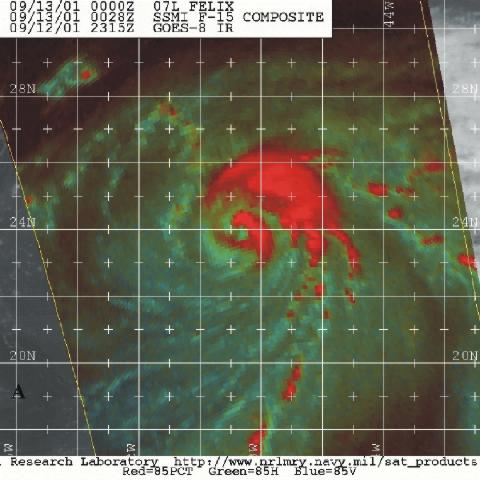Progress - Rain Guages
Part of the difficulty in measuring rainfall comes from the variability in rain guages. Rain guages may very in shape, size, maintainence, and temporal resolution among other factors. The five images below demonstrate this variability.
Part of the difficulty in measuring rainfall comes from the variability in rain guages. Rain guages may very in shape, size, maintainence, and temporal resolution among other factors. The five images below demonstrate this variability.

|

|

|
|
Reference Titile: "Self-syphoning capacitance gauge" Author: Gater, C. A. Source: Chilbolton Weather Web |
Reference Title: "Impact distrometer" Author: Gater, C. A. Source: Chilbolton Weather Web |
Reference Titile: "Optical rain gauge" Author: Gater, C. A. Source: Chilbolton Weather Web |

|

|
|
|
Reference Titile: "Rain sensor " Author: Gater, C. A. Source: Chilbolton Weather Web |
Reference Titile: "Tipping bucket rain gauge" Author: Gater, C. A. Source: Chilbolton Weather Web |

